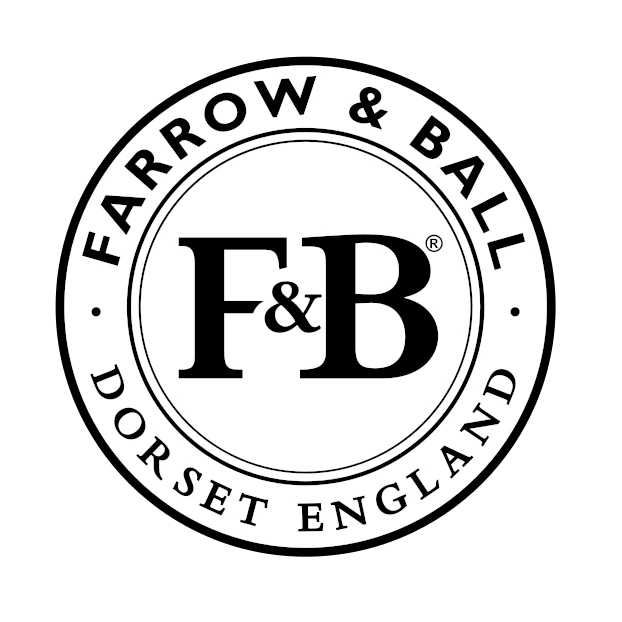Benjamin Moore Valentine's Day 2077-60
| Official page: | Valentine's Day 2077-60 |
| Code: | 2077-60 |
| Name: | Valentine's Day |
| Brand: | Benjamin Moore |
What color is Benjamin Moore Valentine's Day?
Benjamin Moore's Valentine's Day (2077-60) paint color is a lush and romantic hue that exudes warmth and sophistication. This deep, rich red is perfect for creating a cozy and inviting atmosphere in any space. Pair Valentine's Day (2077-60) with soft blush pink accents for a chic and contemporary look, or with creamy whites for a classic and elegant feel. Additionally, incorporate touches of gold or brass to add a touch of glamour and luxury to your decor. Whether used on walls, furniture, or accessories, this versatile color is sure to make a bold statement in your home.
Benjamin Moore Valentine's Day reviews (23 photos)
View the photos of real spaces painted with this that were not included in specific categories.Close-ups, painted furniture, storages and dressers, hallways, stairs and ceilings.
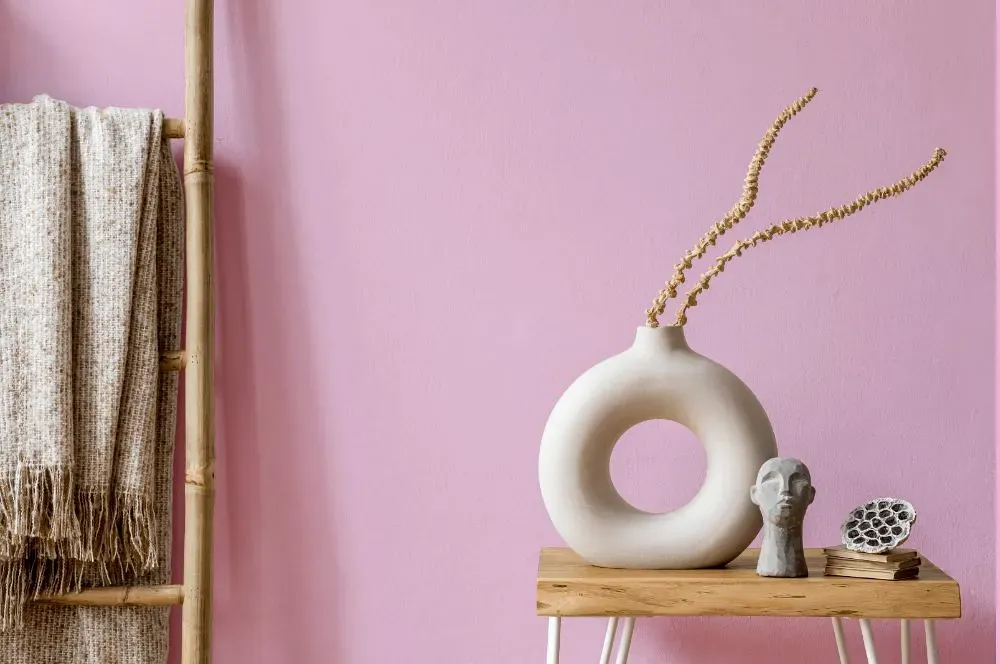
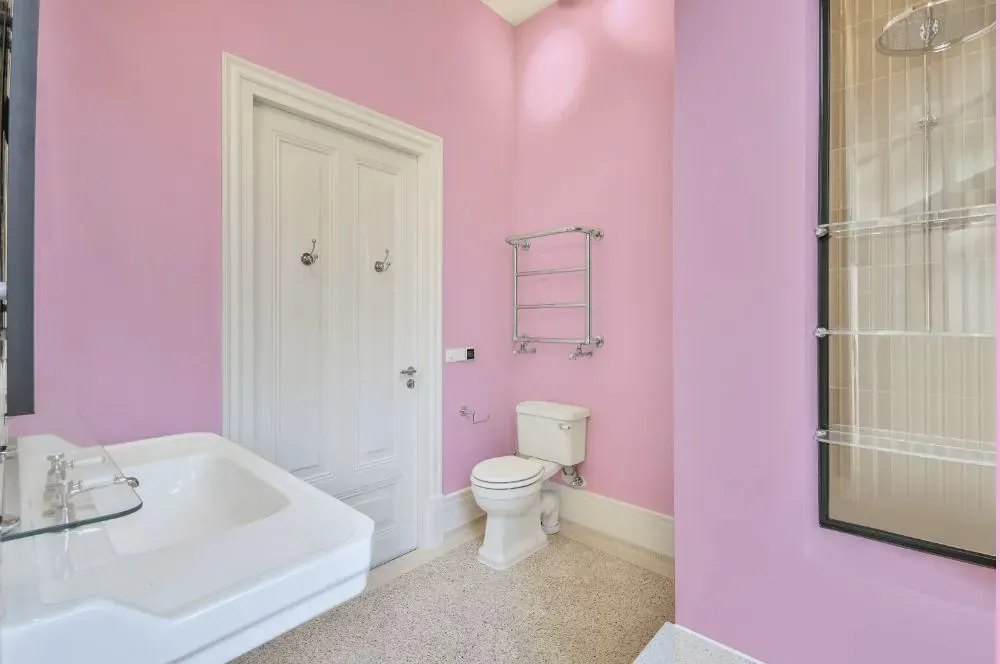
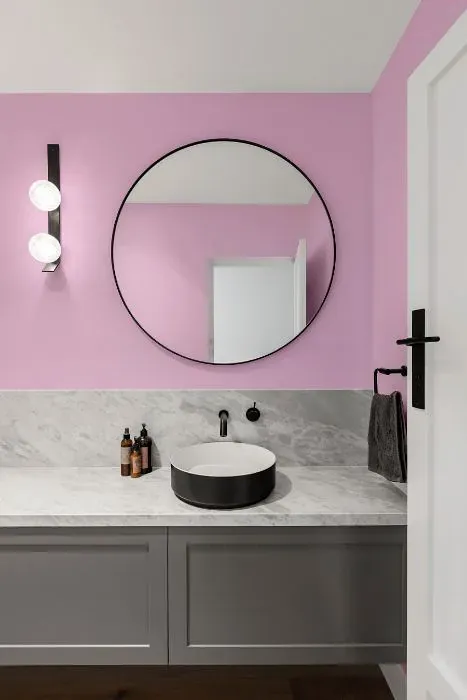
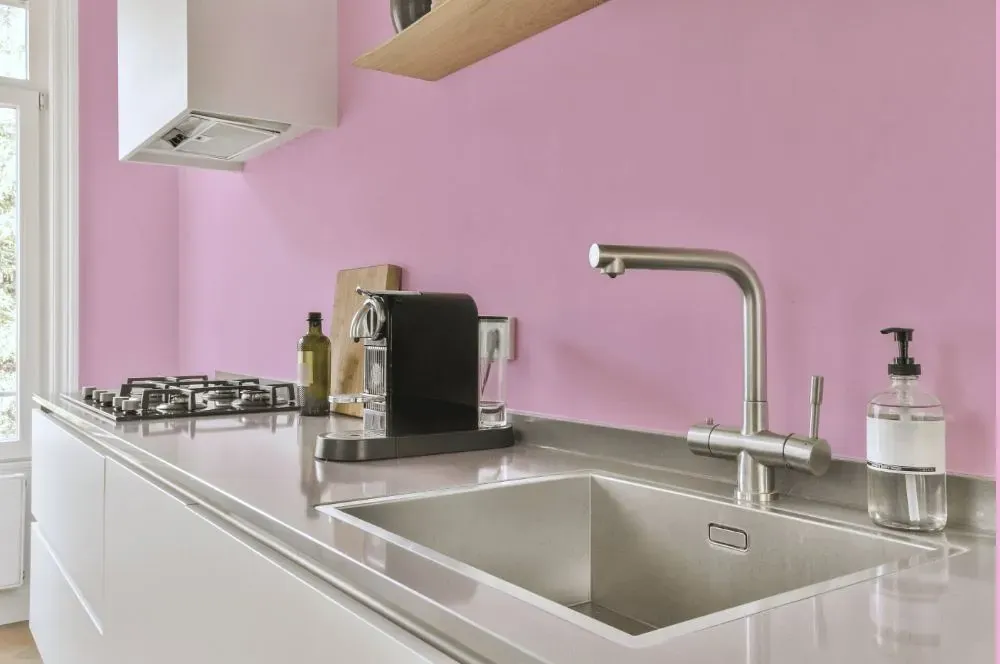

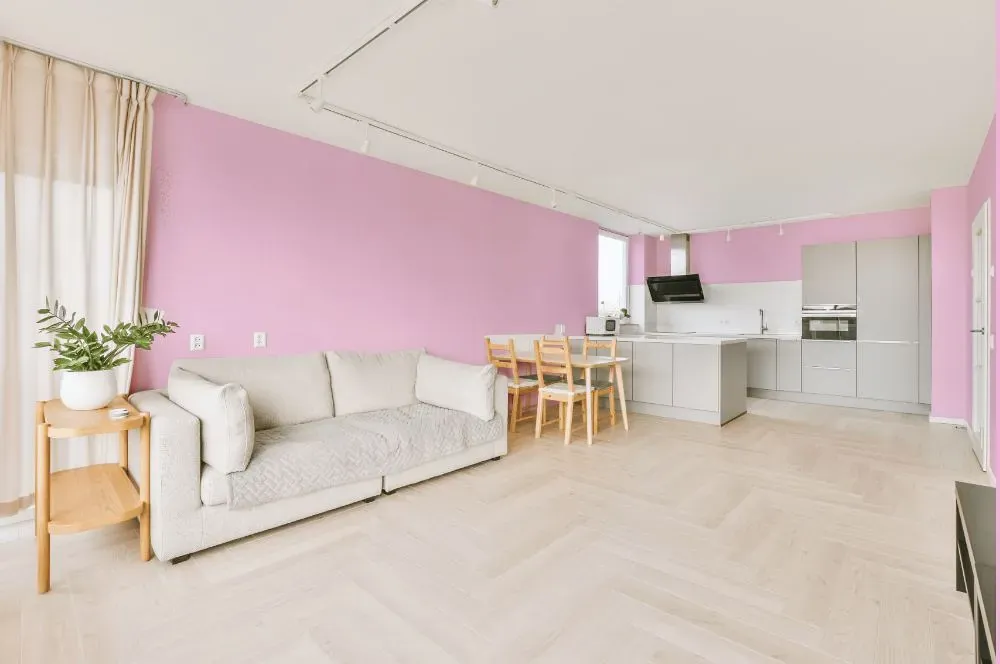
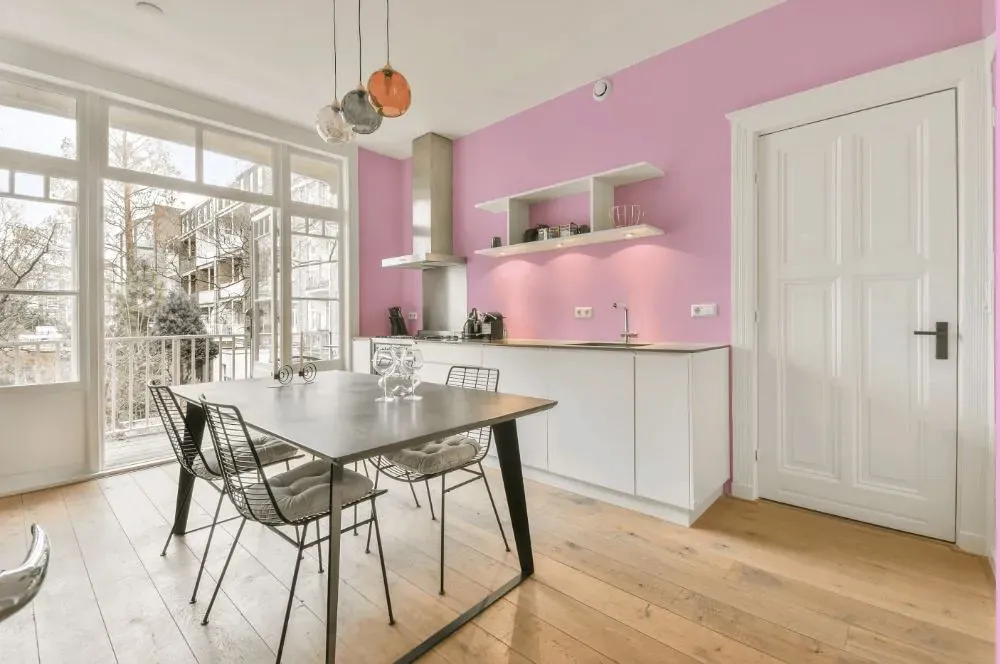
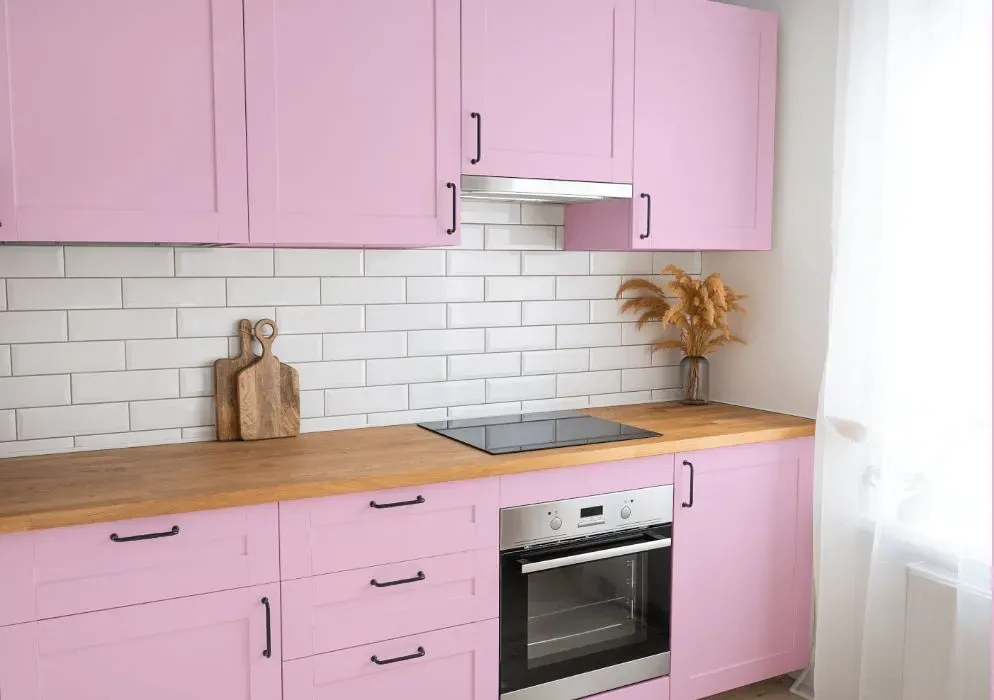
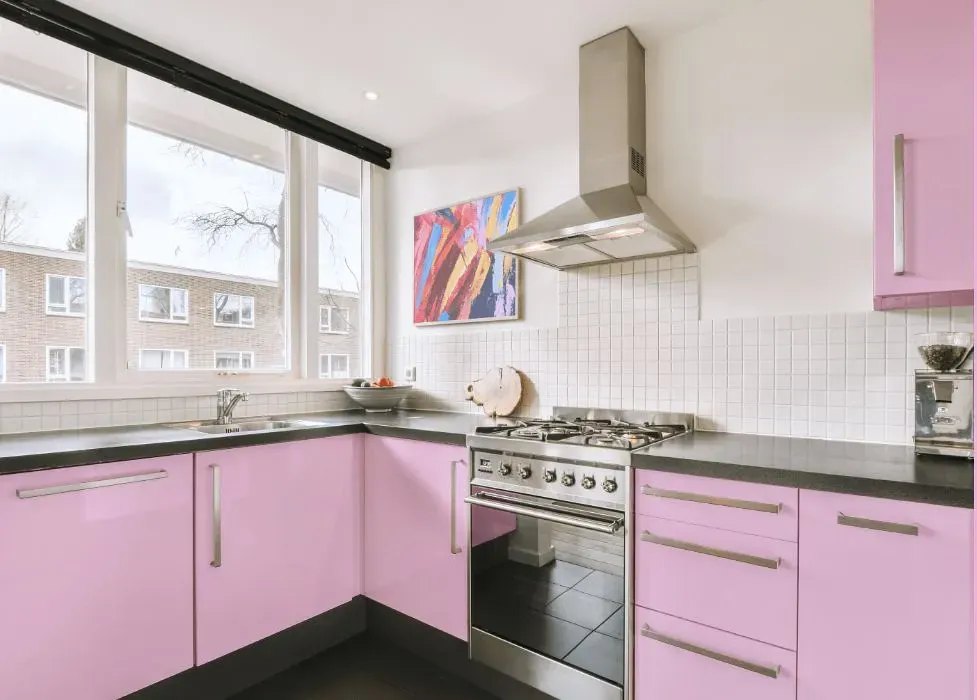
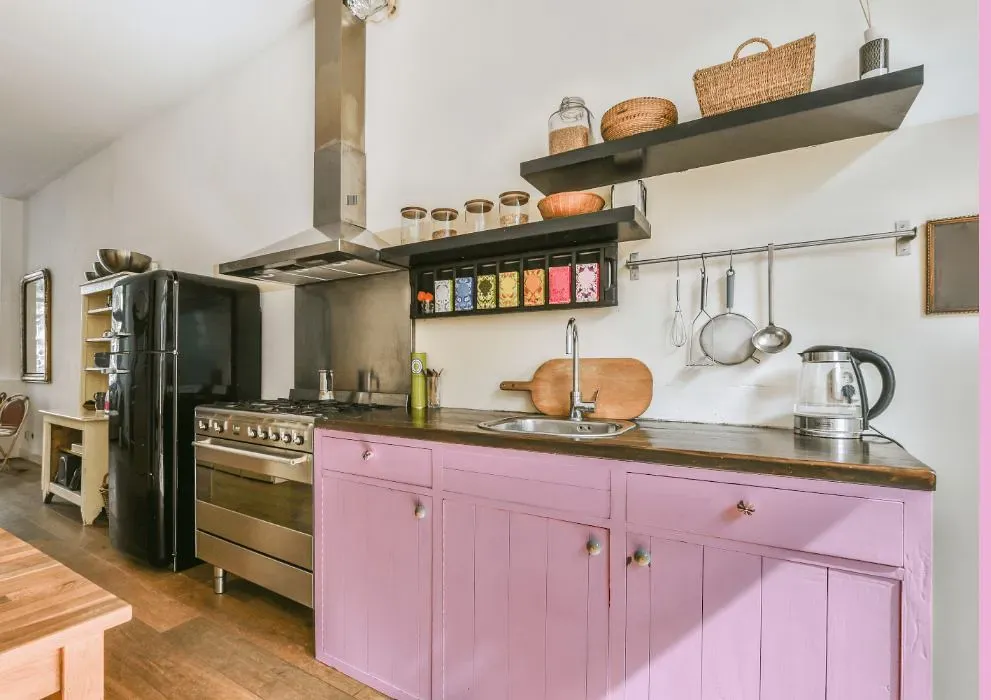
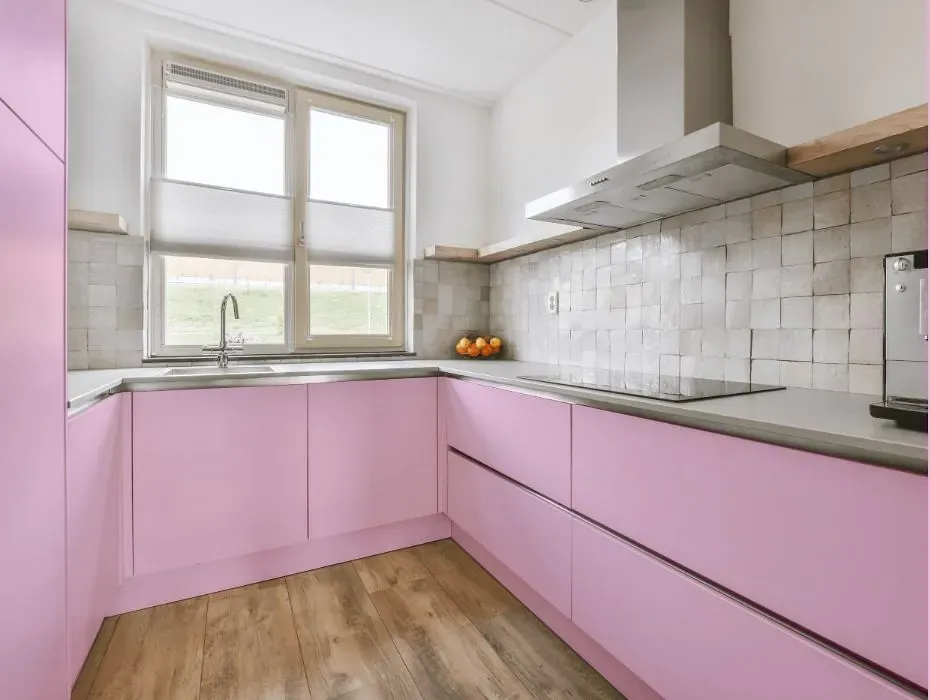
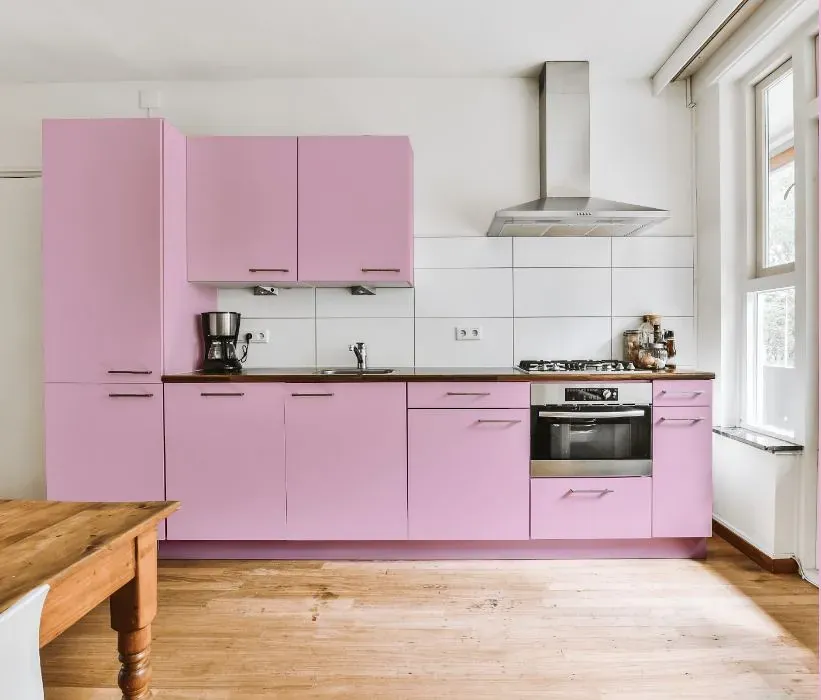
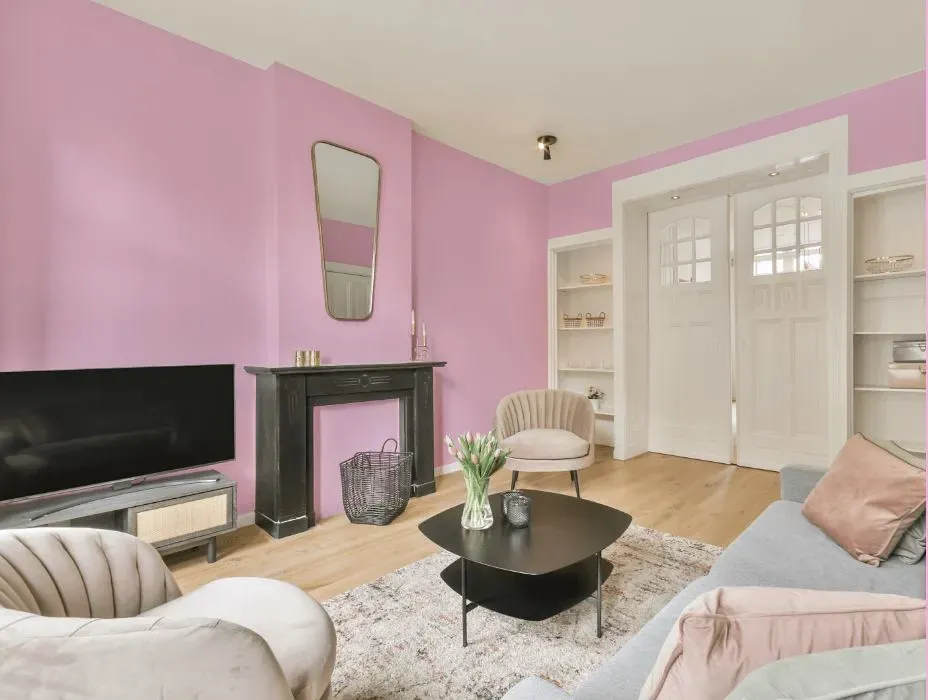
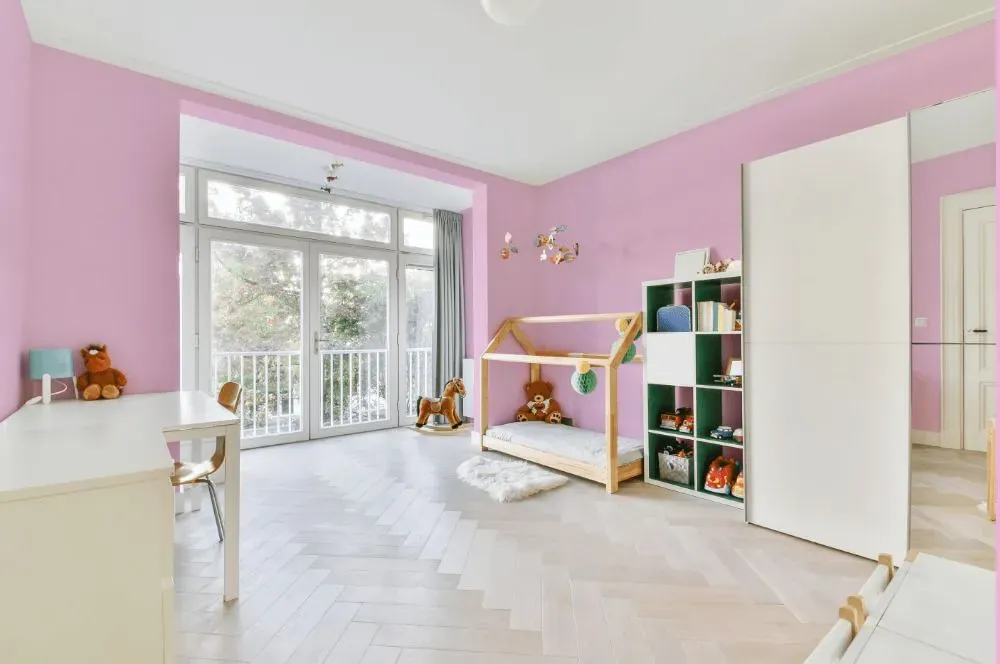

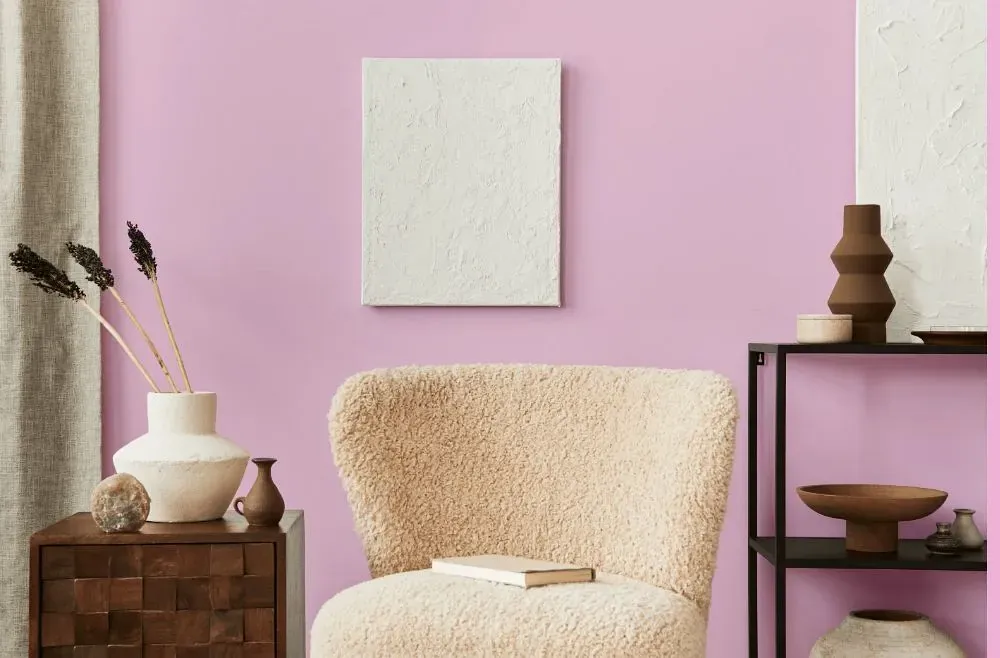
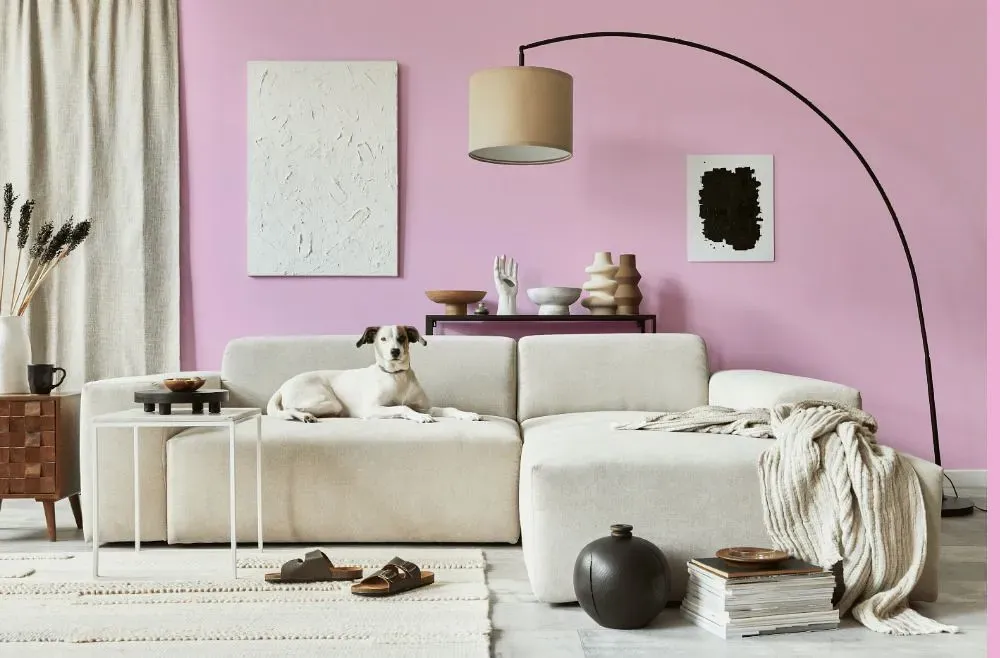
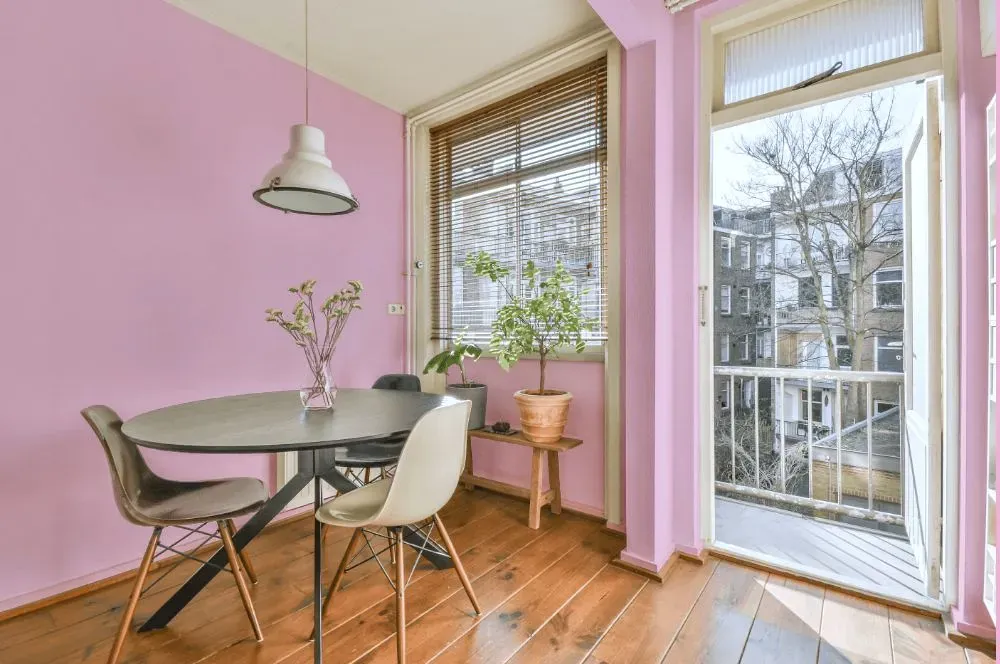
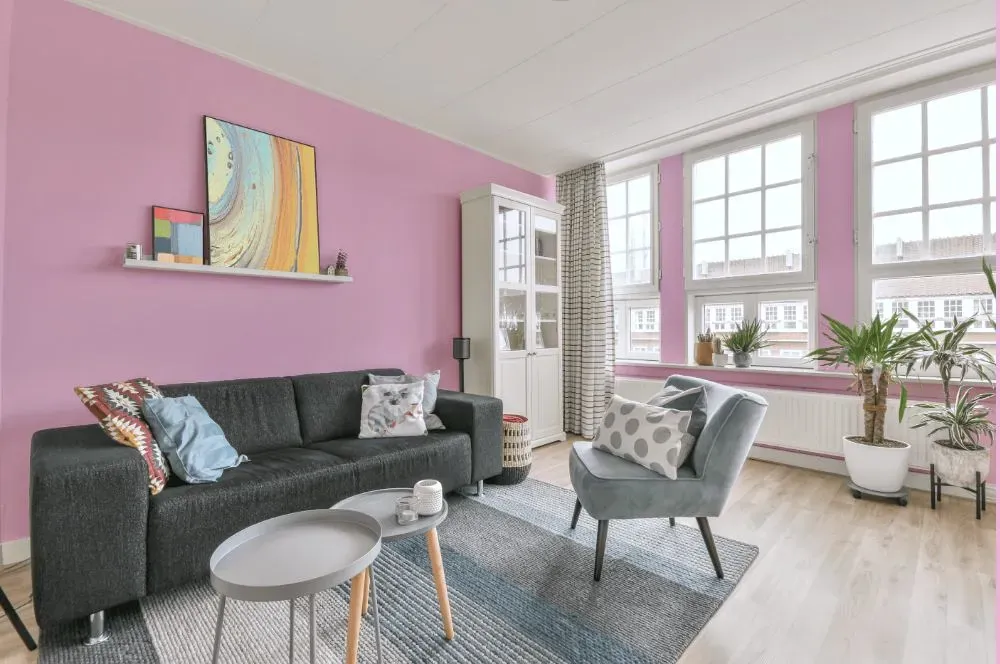
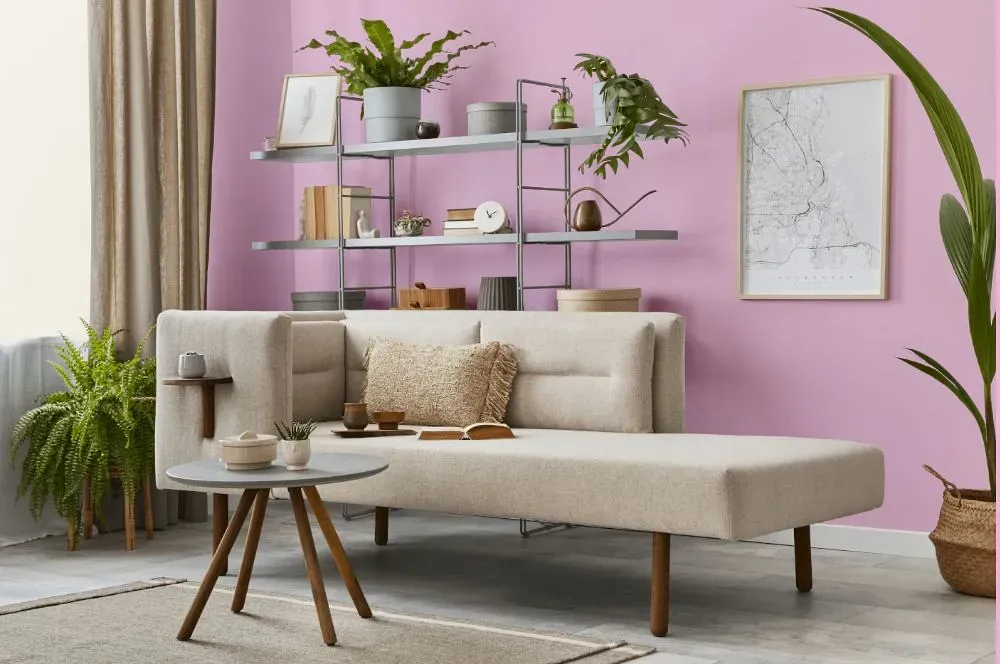
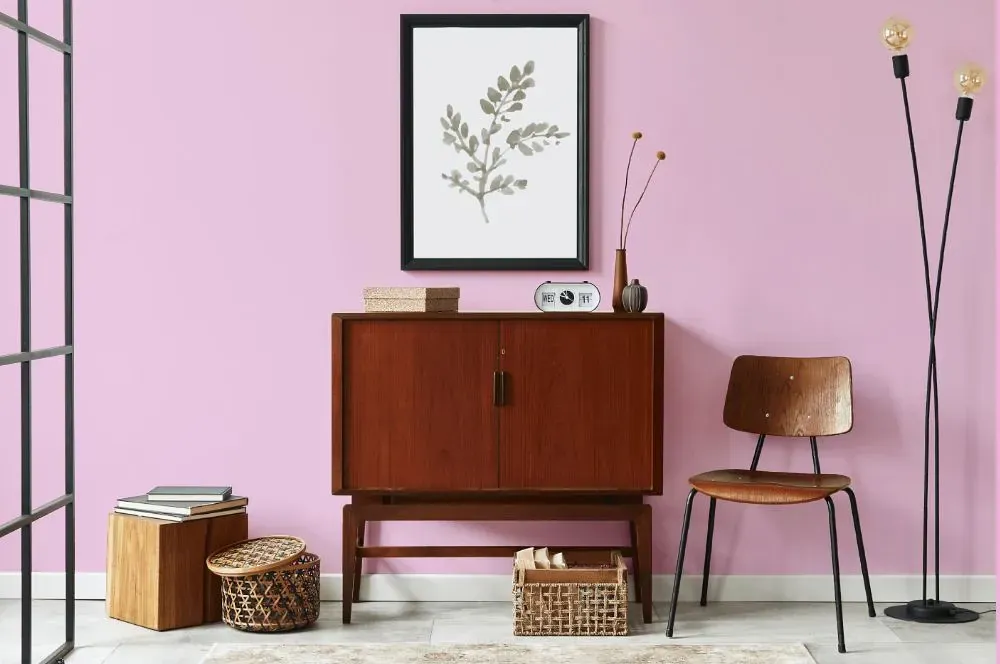
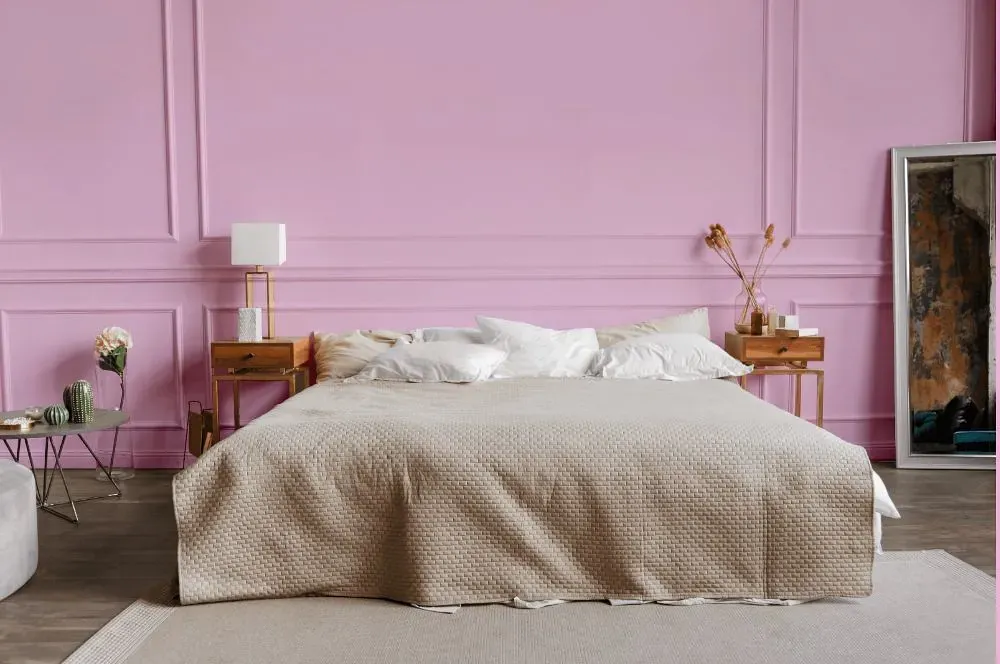
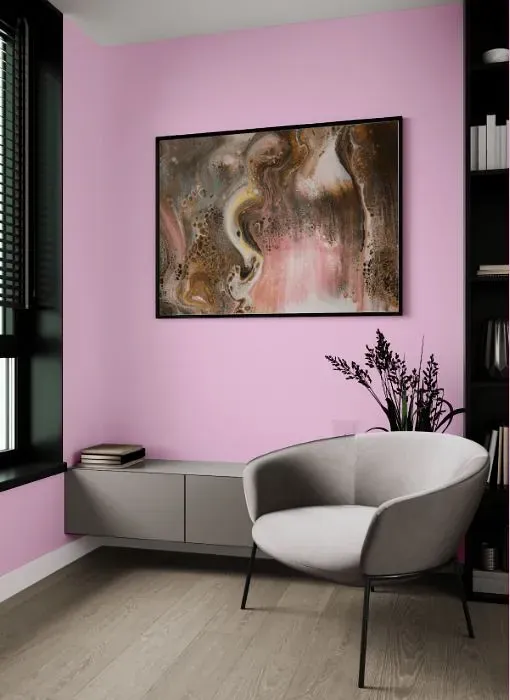
Try before you buy
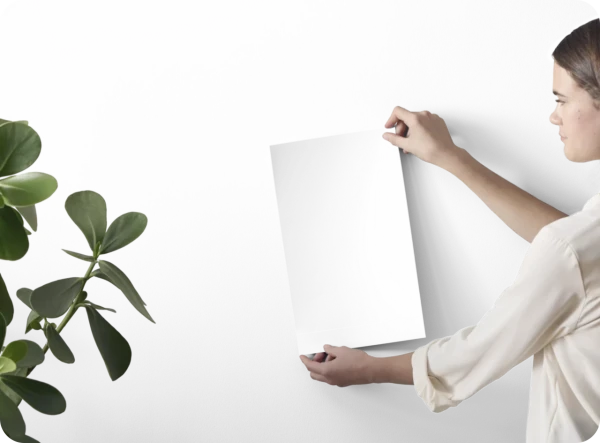

100% accurate
reusable paint samples

Peel, stick,
and repeat

Twice painted
with real paint

Next day
delivery
What are Benjamin Moore Valentine's Day undertones?
The undertone of Valentine's Day can be accurately described as a Red hue, as is apparent from the color space provided. By isolating the pure hue and eliminating any tints, tones, and shades, we were able to precisely determine its undertone. This approach has proven to be more accurate than traditional methods of defining undertones on a white background, which are now considered outdated.
HEX value
HEX value:
#F4CBE5
RGB code:
244, 203, 229
Is Benjamin Moore Valentine's Day 2077-60 cool or warm?

With a hue of 322° thisPurplerefers warm paint shade according to HSL (Hue, Saturation, Lightness) on the color wheel.
2077-60 Valentine's Day HSL code: 322, 65%, 88%
Hue - degree on a color wheel from 0 to 360. 0 is red, 120 is green, and 240 is blue.
Saturation is expressed as a percentage. At 0%, it appears as a shade of grey, and at 100%, it is in full color..
Lightness is also a percentage value. 0% is black, and 100% is white.
- Warm colors are ideal for kitchens, living rooms or bathrooms
- Warmer hues make larger spaces feel more inviting
- Warm purple shades add a rich and luxurious feel to a room, creating a sense of depth and warmth, ideal for bedrooms, living rooms, and dining areas.
- Warm pink shades offer a cheerful and inviting ambiance, making spaces feel cozy and vibrant, perfect for bedrooms, living rooms, and creative spaces.
- Warm mid-tone shades like terracotta and warm beige create a cozy and inviting atmosphere in living rooms, bedrooms, and kitchens. They can brighten up spaces without being too overwhelming. However, it's best to avoid using these shades in very sunny rooms, as they can become too intense.
Act like a pro: Mixing warm and cool shades is a must have to get harmonius interior. Add accents that contrast with the primary color to create visual balance. If your walls are a warm color, don’t forget to add accent in cold colors (furniture, art, décor). A good practice is too use a complementary color scheme.
How light temperature affects Valentine's Day
Natural Lighting. During the day, natural light shifts from about 2000 K at sunrise/sunset to 5500–6500 K at noon.
In addition, natural‑light temperature depends on its direction:
| Direction of sunlight | Visible temp. | Hue | Duration |
|---|---|---|---|
| North | Cool | Bluish | All day |
| East | Warm | Yellow | Before noon |
| West | Warm | Orange‑red | After noon |
| South | Warm | Orange‑yellow | All day |
Artificial Lighting. When choosing bulbs, pay attention to their color‑temperature (Kelvins).
Use the slider to see how this Purple shade looks under different lighting:
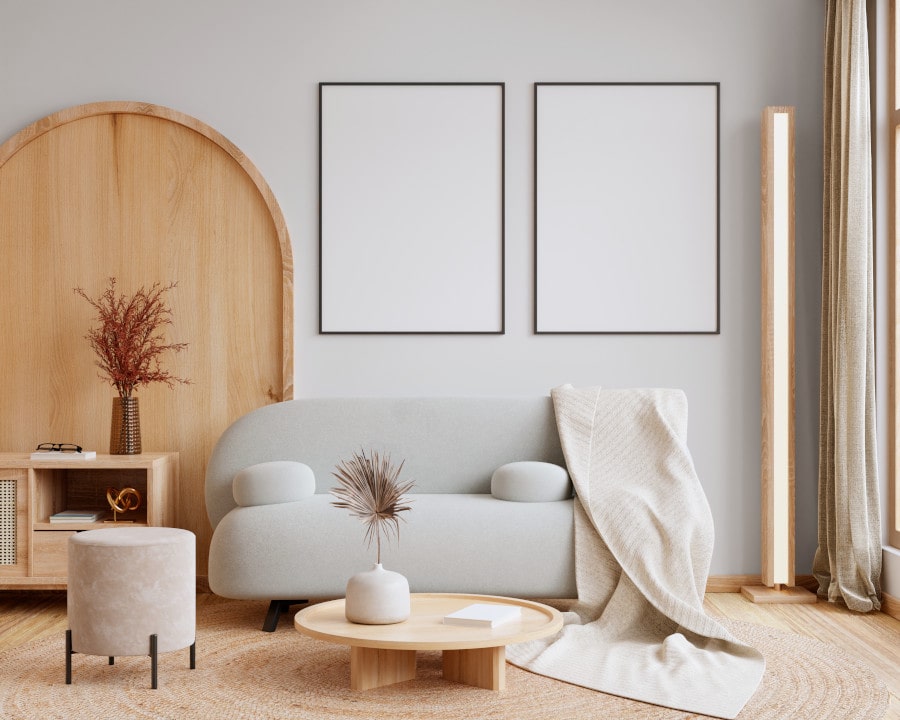
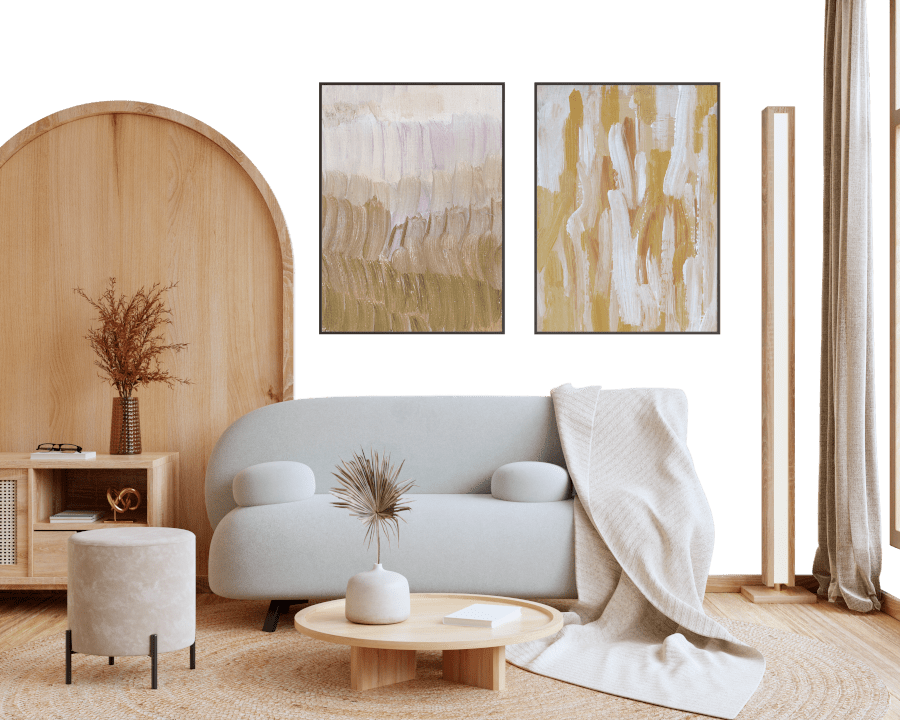
4000K
Coordinating colors.
Colors that go with Benjamin Moore Valentine's Day:
Monochromatic color scheme

This scheme consists of various shades, tints, and tones of a single color. While it offers a perfect combination of hues, without accent décor it may become monotonous.
Lighter shades
2077-60
Valentine's Day
Darker shades
2077-60
Valentine's Day
Complementary color scheme

This color scheme is a combination of two shades that are opposite each other on the color wheel. The high contrast between these colors creates a vibrant and dynamic visual effect. For the color Valentine's Day with a purple hue, complementary colors are those with a yellow hue close to 142, such as Benjamin Moore Pure Essence and Stokes Forest Green.
LRV of Valentine's Day
Valentine's Day has an LRV of 65.7% and refers to Light colors that reflect most of the incident light. Why LRV is important?

Light Reflectance Value measures the amount of visible and usable light that reflects from a painted surface.
Simply put, the higher the LRV of a paint color, the brighter the room you will get.
The scale goes from 0% (absolute black, absorbing all light) to 100% (pure white, reflecting all light).
Act like a pro: When choosing paint with an LRV of 65.7%, pay attention to your bulbs' brightness. Light brightness is measured in lumens. The lower the paint's LRV, the higher lumen level you need. Every square foot of room needs at least 40 lumens. That means for a 200 ft2 living room you’ll need about 8000 lumens of light – e.g., eight 1000 lm bulbs.
Color codes
We have collected almost every possible color code you could ever need. To copy the code, just click the icon to the right of it.
| Format | Code | |
|---|---|---|
| HEX | #F4CBE5 | |
| RGB Decimal | 244, 203, 229 | |
| RGB Percent | 95.69%, 79.61%, 89.80% | |
| HSV | Hue: 322° Saturation: 16.8% Value: 95.69% | |
| HSL | hsl(322, 65, 88) | |
| CMYK | Cyan: 0.0 Magenta: 16.8 Yellow: 6.15 Key: 4.31 | |
| YIQ | Y: 218.223 I: 16.077 Q: 16.764 | |
| XYZ | X: 72.805 Y: 67.604 Z: 83.321 | |
| CIE Lab | L:85.808 a:18.658 b:-7.403 | |
| CIE Luv | L:85.808 u:22.314 v:-14.728 | |
| Decimal | 16042981 | |
| Hunter Lab | 82.221, 14.169, -2.528 |
Color equivalents
2076-60
Dog's Ear
Benjamin Moore
2075-60
Passion Pink
Benjamin Moore
2079-60
Pink Cherub
Benjamin Moore



